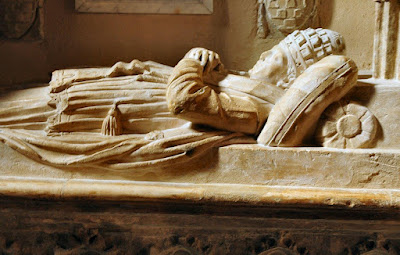River Cruise Diary – Avignon, France
Our morning in Arles ended with lunch on board and…cue the trumpets…we are off…cruising upstream at a delightfully slow pace. When I introduced river cruising in 2020, I noted how easy it was to take pictures this way. My favorite shot of the boat, docked in Avignon, is in that post.
We will travel a short 29 river kilometers to Avignon, a very important locale in Catholic history. We arrived late afternoon and walked around the old town on our own before dinner.
At the end of the day’s sail, we cruised past the ancient bridge that once spanned the river. Named for the patron saint of bridge builders, the Pont Saint Bénézet was started in 1234. Floods continued to damage the crossing and they stopped repairing it in the mid-1600’s. Four arches on the Avignon side survive. The ‘Palais des Papes’ is visible in the background.
Avignon is referred to as the ‘City of the Popes.’ The Avignon Papacy was a period in the 1300’s when seven popes resided here. They constructed a fortress now known as the Palace of the Popes and a fortified wall that still stands around the old part of town.
Politics, power and wealth. Isn’t that what’s behind so many of history’s developments? The 14th century was no different from any other time. There were just two main players back then…the monarchs and the church…no Bill Gates or Elon Musk to throw their corporate influence around…and there were no Protestants yet…just one church. The Catholics had a fine arrangement with the monarchs. The church would confirm that the rulers were there by ‘divine right’ and the rulers and their armies allowed the church to squeeze from the peasants whatever wealth was left.
In the early 1300’s, French King Philip IV, in his efforts to consolidate power and finance his fight with (who else?) England, sought to control and tax the French clergy. How can the king declare his undeniable rule when the pope says "it is necessary to salvation that every human creature be subject to the Roman pontiff”? Damn. The king may control secular life but if you want to get to heaven, the pope still calls the shots.
Not satisfied with that position, Philip flexed his earthly powers and sent a force to Italy to capture and rough up the pope who would later die of his injuries. After that, the king forced the conclave to elect a French prelate as pope. Clement V refused to move to Rome and a schism resulted where the next seven popes, all French and under the heavy influence of the crown, resided in Avignon for the next 67 years. The period away from Rome is sometimes called the ‘Babylonian captivity of the Papacy.’
With the schisms resolved and future popes returned to the Vatican, Avignon remained part of the Papal States until 1791. It was then the French revolutionaries overthrew the throne and absorbed the territory into greater France. During the Reign of Terror, the church was made a subordinate arm of the secular French government, church lands were confiscated and properties ransacked.
You can still see signs of the anti-religious fervor here. A common example is this gallery of decapitated saints. Religious sculptures all over the country were vandalized.
Our time in Avignon ended with lunch on board as we sailed upstream toward the next stop, the small former Roman colony at Viviers.















